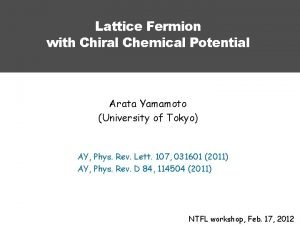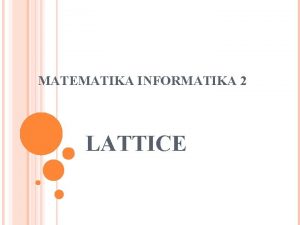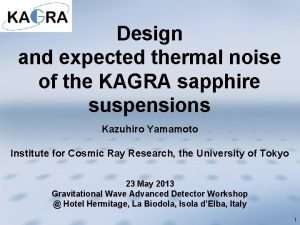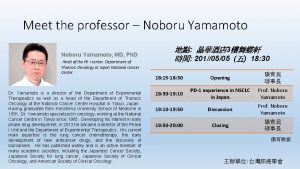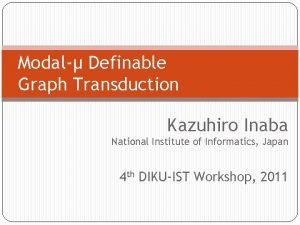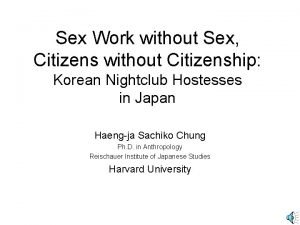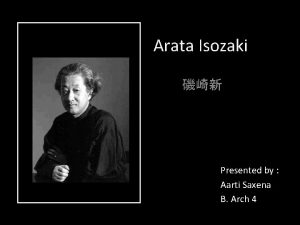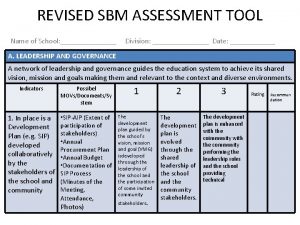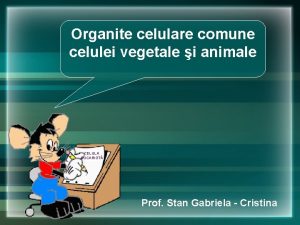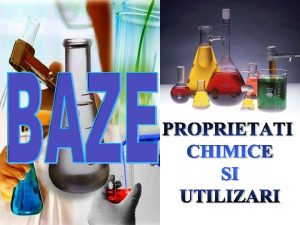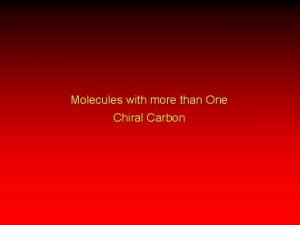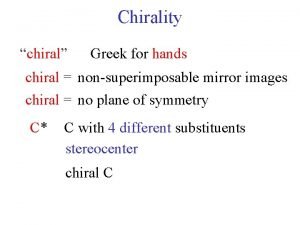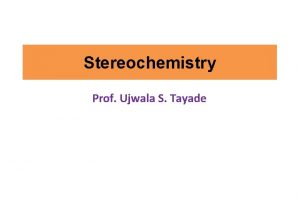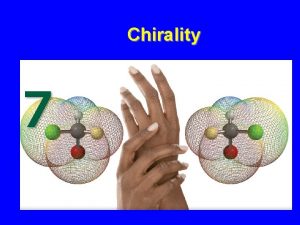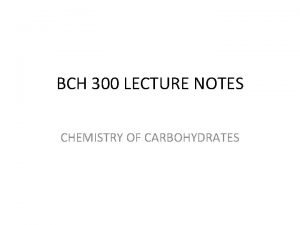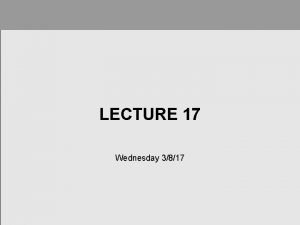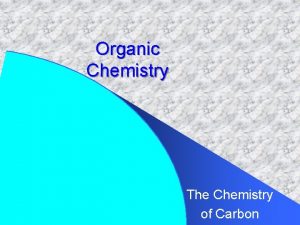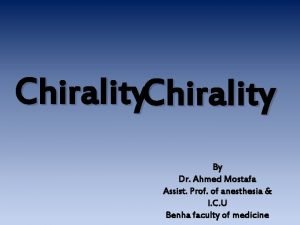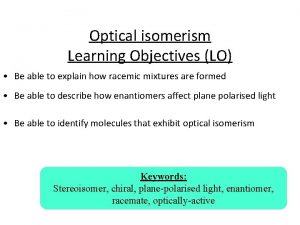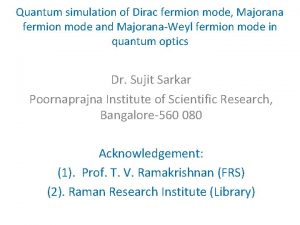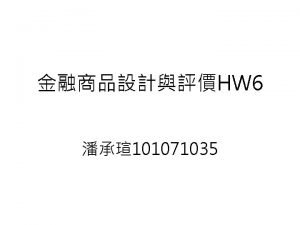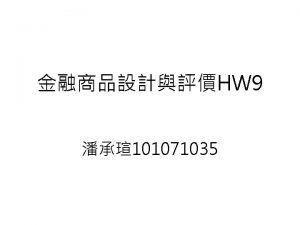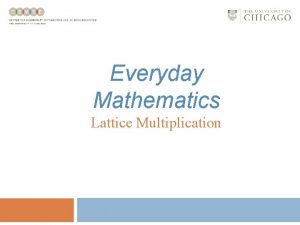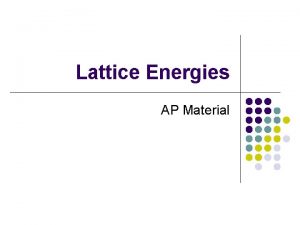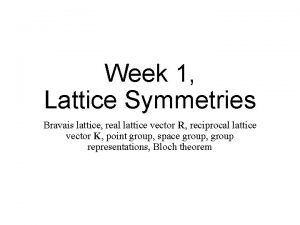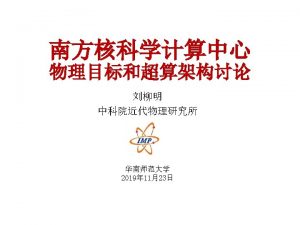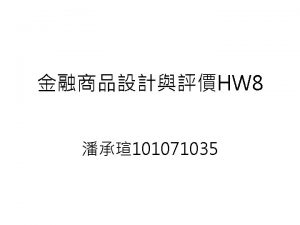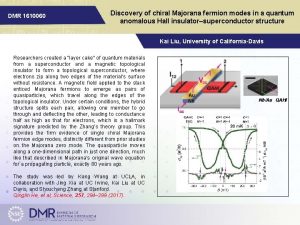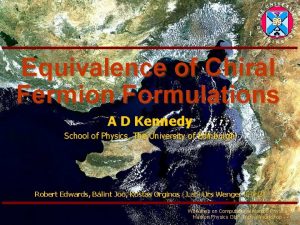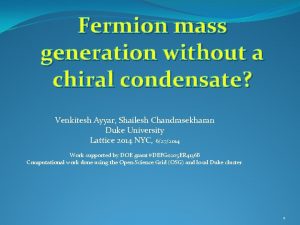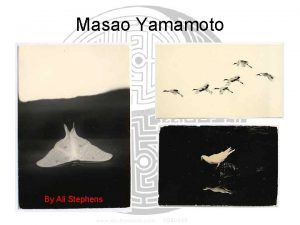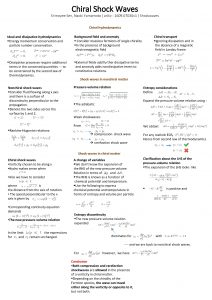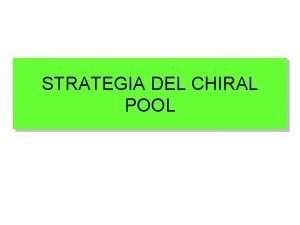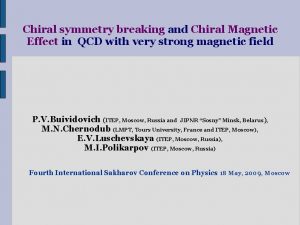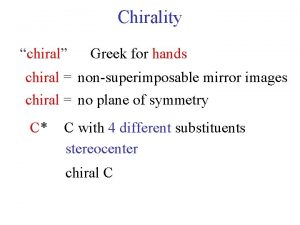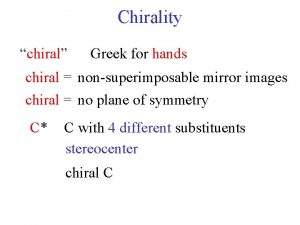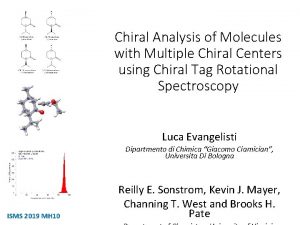Lattice Fermion with Chiral Chemical Potential Arata Yamamoto


![Chiral chemical potential [K. Fukushima, D. E. Kharzeev, H. J. Warringa (2008)] right-handed Fermi Chiral chemical potential [K. Fukushima, D. E. Kharzeev, H. J. Warringa (2008)] right-handed Fermi](https://slidetodoc.com/presentation_image_h/ad1a06cadb1448e4fbedea87d50dde60/image-3.jpg)

![Chiral Magnetic Effect [D. E. Kharzeev, L. D. Mc. Lerran, H. J. Warringa (2007)] Chiral Magnetic Effect [D. E. Kharzeev, L. D. Mc. Lerran, H. J. Warringa (2007)]](https://slidetodoc.com/presentation_image_h/ad1a06cadb1448e4fbedea87d50dde60/image-5.jpg)






![Induced current [K. Fukushima, D. E. Kharzeev, H. J. Warringa (2008)] the Dirac equation Induced current [K. Fukushima, D. E. Kharzeev, H. J. Warringa (2008)] the Dirac equation](https://slidetodoc.com/presentation_image_h/ad1a06cadb1448e4fbedea87d50dde60/image-12.jpg)











- Slides: 23

Lattice Fermion with Chiral Chemical Potential Arata Yamamoto (University of Tokyo) AY, Phys. Rev. Lett. 107, 031601 (2011) AY, Phys. Rev. D 84, 114504 (2011) NTFL workshop, Feb. 17, 2012

Introduction In lattice QCD at finite density, “sign problem” For small chemical potential, reweighting, Taylor expansion, canonical ensemble, imaginary chemical potential, density of states, … For large chemical potential, two-color QCD, isospin chemical potential, chiral chemical potential
![Chiral chemical potential K Fukushima D E Kharzeev H J Warringa 2008 righthanded Fermi Chiral chemical potential [K. Fukushima, D. E. Kharzeev, H. J. Warringa (2008)] right-handed Fermi](https://slidetodoc.com/presentation_image_h/ad1a06cadb1448e4fbedea87d50dde60/image-3.jpg)
Chiral chemical potential [K. Fukushima, D. E. Kharzeev, H. J. Warringa (2008)] right-handed Fermi sea left-handed Fermi sea Chiral chemical potential produces a chirally imbalanced matter.

Wilson-Dirac operator NO sign problem !!
![Chiral Magnetic Effect D E Kharzeev L D Mc Lerran H J Warringa 2007 Chiral Magnetic Effect [D. E. Kharzeev, L. D. Mc. Lerran, H. J. Warringa (2007)]](https://slidetodoc.com/presentation_image_h/ad1a06cadb1448e4fbedea87d50dde60/image-5.jpg)
Chiral Magnetic Effect [D. E. Kharzeev, L. D. Mc. Lerran, H. J. Warringa (2007)] chiral magnetic effect: charge separation induced by a strong magnetic field via the axial anomaly, i. e. , nontrivial topology Early Universe heavy-ion collision (RHIC&LHC) [from KEK’s web page] [from NASA’s web page] [from BNL’s web page]

non-central collision of heavy ions beam magnetic field ~ 104 Me. V 2 cf. ) permanent magnet ~ 102 e. V 2 magnetar ~ 10 Me. V 2

electric current magnetic field If L = R, the net current is zero. If L R, the net current is nonzero. assumption: quarks are massless and deconfined.

the index theorem: topological fluctuation in lattice QCD Globally, Locally, [from D. Leinweber’s web page]

magnetic field electric current beam topological fluctuation “event-by-event” charge separation

Chiral magnetic effect in lattice QCD • SU(2) quenched QCD with the overlap fermion [P. V. Buividovich, M. N. Chernodub, E. V. Luschevskaya, M. I. Polikarpov (2009)] • instanton solution & 2+1 flavor QCD with the domain-wall fermion [M. Abramczyk, T. Blum, G. Petropoulos, R. Zhou (2009)]

Chiral chemical potential positive helicity negative helicity magnetic field electric current
![Induced current K Fukushima D E Kharzeev H J Warringa 2008 the Dirac equation Induced current [K. Fukushima, D. E. Kharzeev, H. J. Warringa (2008)] the Dirac equation](https://slidetodoc.com/presentation_image_h/ad1a06cadb1448e4fbedea87d50dde60/image-12.jpg)
Induced current [K. Fukushima, D. E. Kharzeev, H. J. Warringa (2008)] the Dirac equation coupled with a background magnetic field induced electric current magnetic field electric current

Lattice QCD Simulation full QCD simulation with a finite chiral chemical potential external magnetic field vector current chirally imbalanced matter L R

Simulation setup • the Wilson gauge action + the Wilson fermion action • flavor: • lattice size: • lattice spacing: • pion/rho-meson mass: • deconfinement phase fm

Chiral charge density

Induced current

Induced current

Induced current by fitting the lattice data from the Dirac equation [K. Fukushima, D. E. Kharzeev, H. J. Warringa (2008)] lattice artifacts e. g. renormalization physical effects e. g. dielectric correction [K. Fukushima, M. Ruggieri (2010)]

Systematic Analysis quenched QCD simulation lattice spacing dependence volume dependence quark mass dependence of

Renormalization The local vector current is renormalization-group variant on the lattice. In the continuum limit , renormalization factor: discretization artifact: cf. ) nonperturbative renormalization [L. Maiani, G. Martinelli (1986)]

Lattice spacing The induced current depends on the lattice spacing.

Spatial volume Quark mass chiral limit The induced current is independent of volume and quark mass.

Summary • We have performed a lattice QCD simulation with the chiral chemical potential. • By applying an external magnetic field, we have obtained the induced current by the chiral magnetic effect. • The continuum extrapolation is quantitatively important. • chiral symmetry ?
 Arata yamamoto
Arata yamamoto Poset lattice
Poset lattice Kazuhiro yamamoto
Kazuhiro yamamoto Dr. akira yamamoto
Dr. akira yamamoto Akifumi yamamoto
Akifumi yamamoto Kazuhiro inaba
Kazuhiro inaba Chihiro yamamoto xxx
Chihiro yamamoto xxx Soarele de dupa vii isi arata fata
Soarele de dupa vii isi arata fata Larva licuricilor
Larva licuricilor Arata isozaki biography
Arata isozaki biography Substantivul clasa a 3 a
Substantivul clasa a 3 a Accountability and continuous improvement on smepa
Accountability and continuous improvement on smepa Organite celulare comune
Organite celulare comune Perch la fenolftaleina stata aggiunta allacido
Perch la fenolftaleina stata aggiunta allacido Hexaldose
Hexaldose 2 3 dihydroxypropanal chiral
2 3 dihydroxypropanal chiral What is chiral carbon
What is chiral carbon Chiral molecules
Chiral molecules Chiral carbon in carbohydrates
Chiral carbon in carbohydrates Properties of monosaccharides
Properties of monosaccharides Ch3cccho
Ch3cccho Chiral
Chiral Ketamine chiral centers
Ketamine chiral centers Aspartame chiral centers
Aspartame chiral centers
